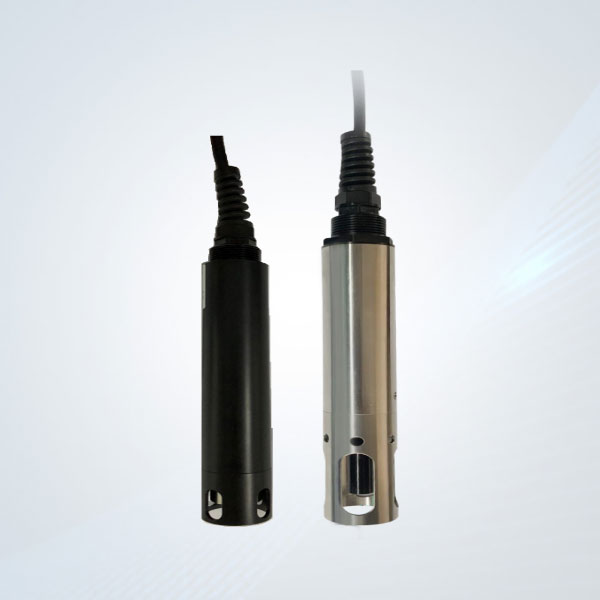Salinity Sensors: Principles, Applications, and Key Performance Analysis
Release time:2025-10-01
Visits:607
A
salinity sensor is a precision instrument specifically designed to detect the salt content in aqueous solutions. Its core principle is to estimate the concentration of dissolved salts through conductivity measurement. Since the ion concentration is positively correlated with conductivity, a salinity sensor can quickly yield results without complex chemical analysis. Therefore, it has extensive application value in fields such as ocean monitoring, industrial water treatment, and aquaculture.
I. Working Principle and Technical Design
The salinity sensor is based on conductivity measurement technology and mainly consists of two core modules: platinum electrodes and a signal processing circuit. When the ions in the solution come into contact with the electrodes, an electric current flows between the electrodes, and its intensity directly reflects the conductivity of the solution. Through a pre - calibrated salinity - conductivity conversion model, the sensor can automatically convert the conductivity into a salinity value. Modern sensors are also equipped with a temperature compensation function. By using a built - in temperature probe or an algorithm, they can correct the influence of the ambient temperature on the measurement, ensuring data accuracy (for example, the error can be controlled within ±1% in the range of 5 - 35°C). Some high - end models support pressure compensation and are suitable for salinity monitoring in high - pressure environments such as the deep sea.
II. Core Performance Parameters
1. Measurement Range: Mainstream sensors can cover 0 - 50 ppt (i.e., 0 - 50,000 ppm), meeting the detection needs from fresh water to high - concentration saltwater.
2. Resolution and Accuracy: Laboratory - grade sensors have a resolution of 0.01 ppt and an accuracy of ±1% of the full scale. Field monitoring equipment usually maintains an accuracy of ±0.02.
3. Response Speed: Most sensors can obtain a stable reading within 5 seconds, making them suitable for real - time monitoring scenarios.
4. Environmental Adaptability: The operating temperature range is generally 0 - 80°C. Some products encapsulated with epoxy resin can operate stably in corrosive liquids for a long time.
III. Application Scenarios
1. Ocean and Estuary Monitoring: Used to track the changes in salinity with tides and runoff and evaluate the impact of seawater intrusion on the ecosystem.
2. Industrial Water Treatment: Real - time monitoring of salinity in systems such as cooling circulating water and boiler feed water to prevent equipment scaling or corrosion.
3. Aquaculture: Precisely adjust the ratio of artificial seawater to ensure the stability of the growth environment for fish and shrimp.
4. Environmental Science: Study the migration laws of salt in water bodies such as soil leachate and groundwater.
IV. Selection and Usage Suggestions
Users should select the type of sensor according to the scenario requirements. For example:
- Electrode - type Sensors: Compact in structure and low in cost, suitable for online monitoring of conventional water quality.
- Inductive Sensors: Non - contact design with strong pollution resistance, suitable for liquids with high turbidity or containing particulate matter.
- Laboratory - grade Equipment: It needs to be used in a constant - temperature environment, with an accuracy of up to ±0.005, suitable for scientific research or standard solution calibration.
- Portable Field Equipment: Integrated with temperature/pressure compensation, suitable for rapid field detection.
Calibration and maintenance are the keys to ensuring long - term accuracy. It is recommended to calibrate with a standard salt solution every three months and regularly clean the electrode surface to avoid interference from biofilms or impurities.
V. Future Technological Trends
With the development of the Internet of Things technology, the new generation of salinity sensors is being upgraded towards intelligence and networking. For example, sensors equipped with wireless transmission modules can achieve remote data synchronization. Combined with AI algorithms, they can predict the salinity change trend and trigger an automated control system. In addition, the application of nanomaterial electrodes is expected to further improve the sensitivity and anti - pollution ability, promoting the evolution of salinity monitoring technology towards higher efficiency and lower energy consumption.




